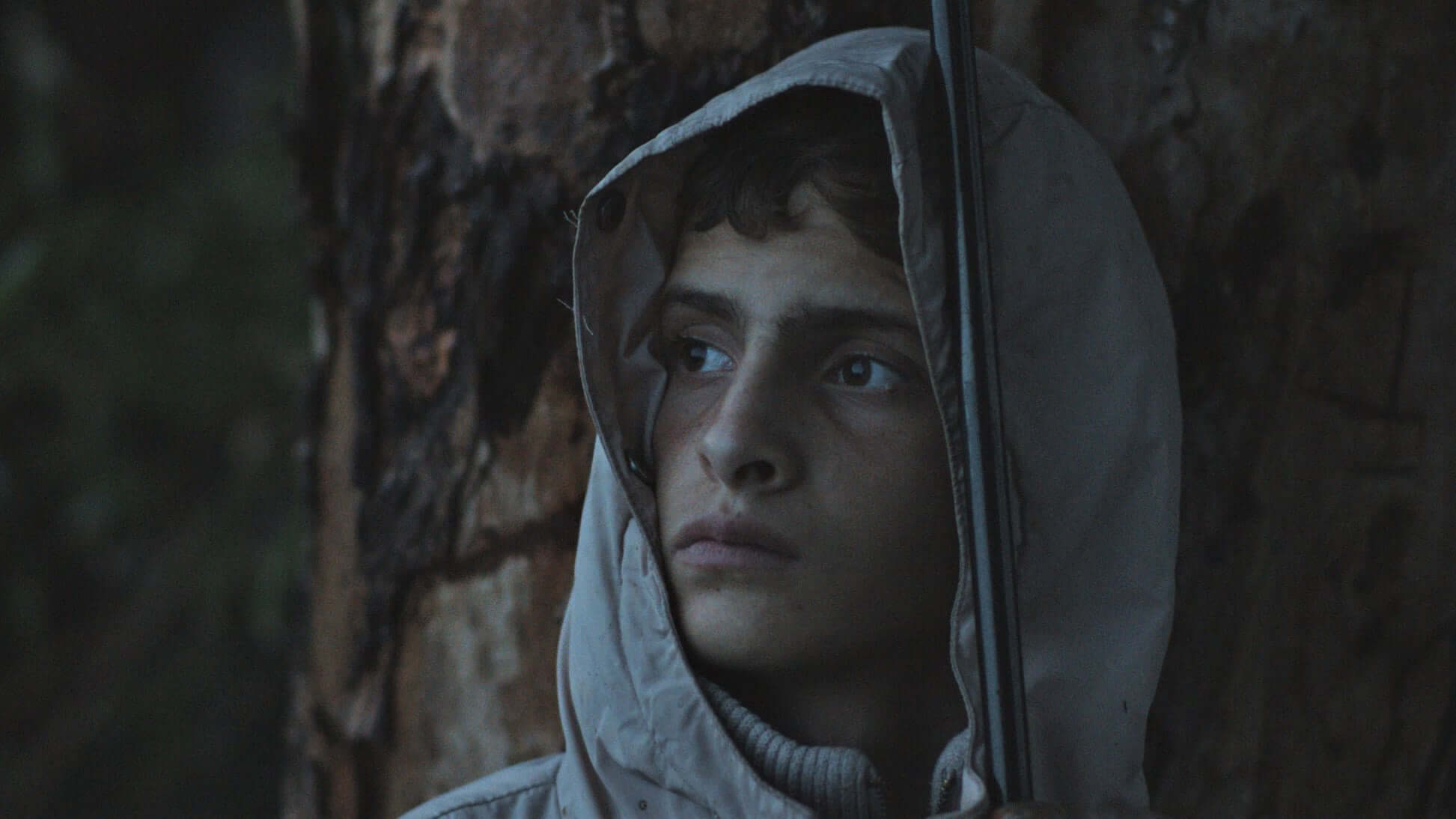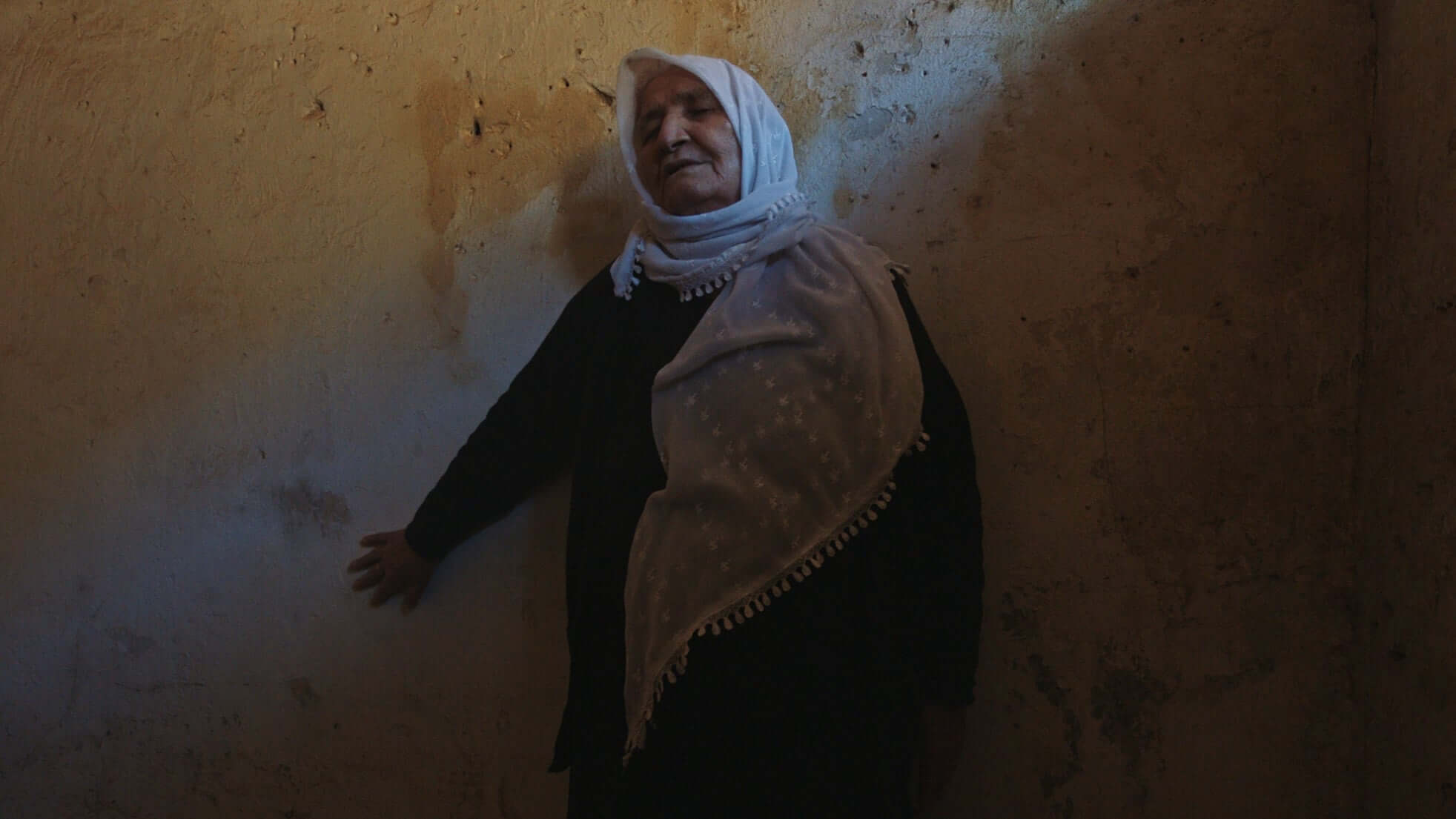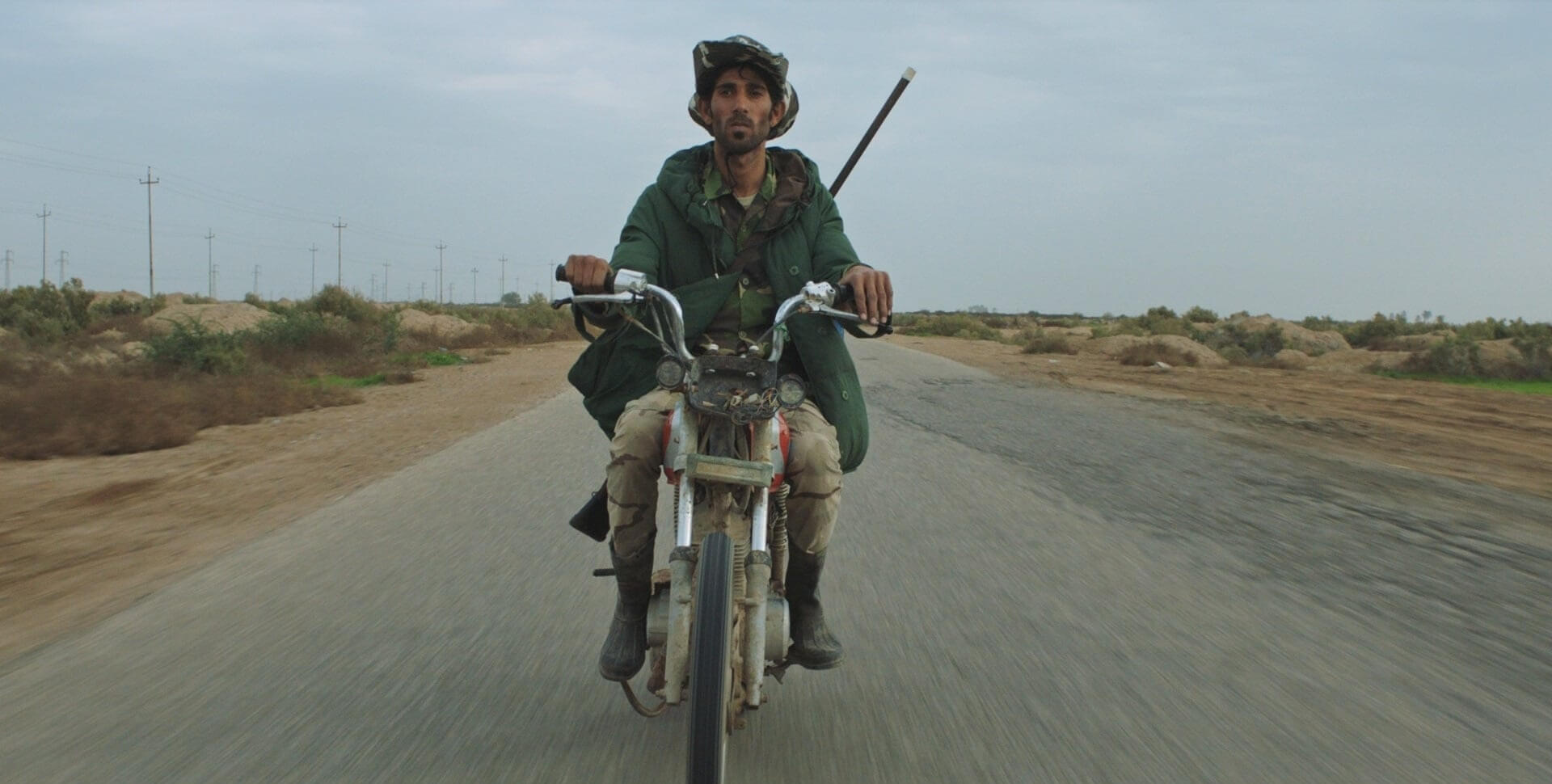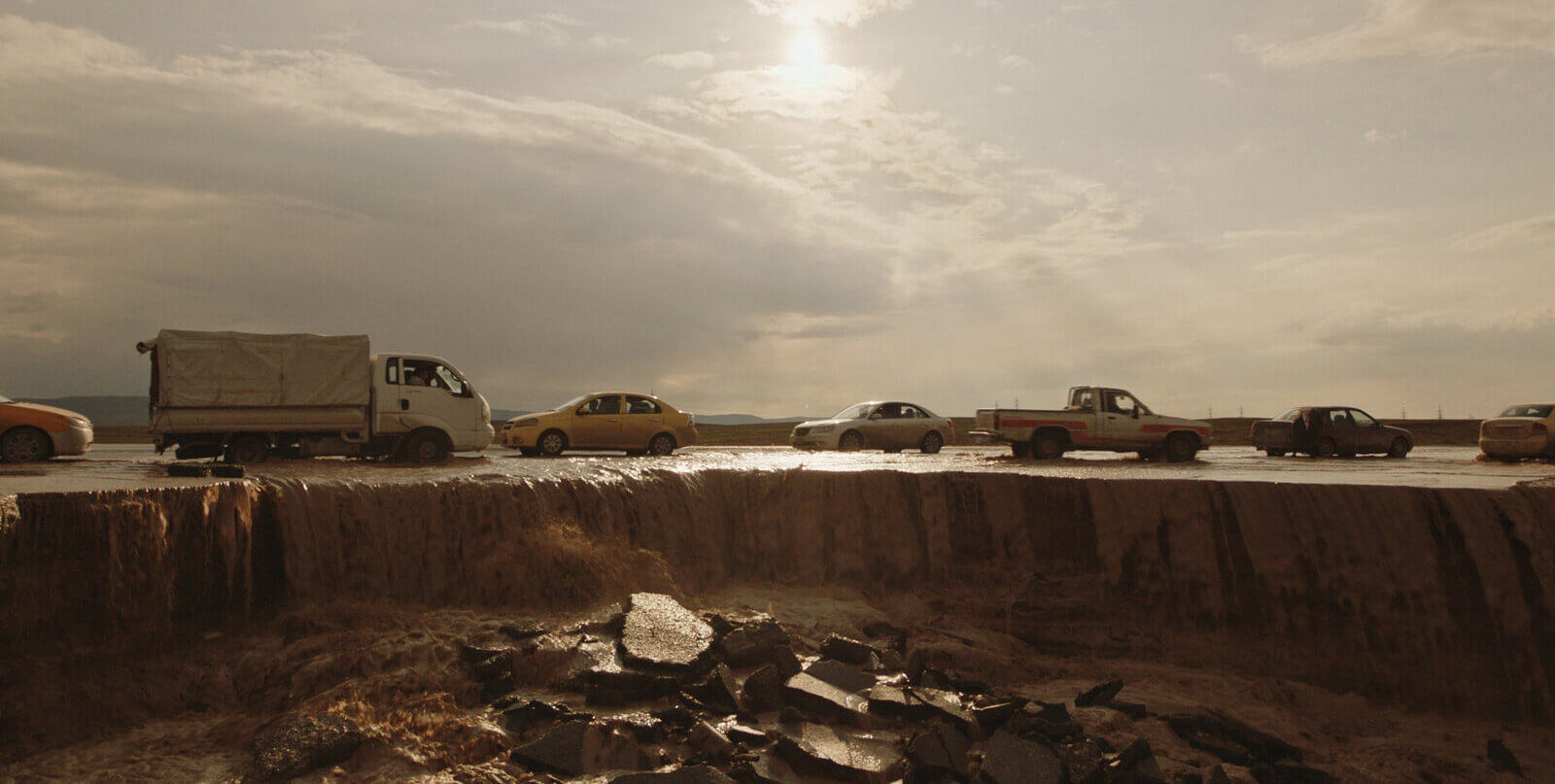Notturno is the latest documentary from Gianfranco Rosi. The visually powerful film takes place in Middle Eastern war zones and follows the civilian populations who live there. Notturno is an intimate account of people living along the borders of Iran, Kurdistan, Syria, and Lebanon over three years. Gianfranco Rosi displays clear dedication to his work and it results in a magnificent film.

The accolades. Notturno premiered at the Venice Film Festival and took home three awards. It was screened at other major festivals such as the New York Film Festival, Toronto Film Festival, and BFI London Film Festival. Perhaps most impressive, Notturno was the Italian entry for the 2021 Academy Awards. This is no surprise considering Gianfranco’s imposing body of work leading up to the release of Notturno has also continuously received accolades.

The story. Notturno is a documentary about people in war zones but it's contradictorily a still and quiet film. The pace is slow and the images last on the screen, allowing the viewer to really see them. These are individuals enduring the effects of civil war, the threats of terrorist organizations, the reigns of dictatorships, the presence of foreign invaders, and more. Within this turbulent and violent backdrop, Rosi introduces us to quiet everyday lives. A man rehearses for a play, a woman keeps her home tidy, and a boy bikes home singing. Watching these mundanities play out, their unstable landscape might be temporarily overlooked. Bringing us back to the reality of their situations, people recount their anguish for their lost loved ones and children channel their trauma through drawing. The stories told and harsh realities shown in Notturno are shocking and poignant.

The cinematography. The film is a masterclass in cinematography. Often using wide angles, every inch of the screen is awash with the beauty of the landscape, whether it be natural or man-made. Expertly framed to properly showcase the subjects, Notturno feels like a moving photo album. These still, planned-out frames directly contrast the expected run-and-gun style of a documentary shot in a war zone. Shots utilize contrast between stillness and movement in a way that is not often seen. The result is a camera’s view of the world — it's more beautiful than what our eyes can possibly pick up. However, cinematography is a double-edged sword in Notturno. It holds the utmost importance in this film and does so at the expense of the story. Notturno does not follow a concrete beginning, middle, and end but instead presents snapshots of life. As a result, the film feels much longer than it is.
Notturno is a beautiful glimpse into a world that is far away and yet so close.


